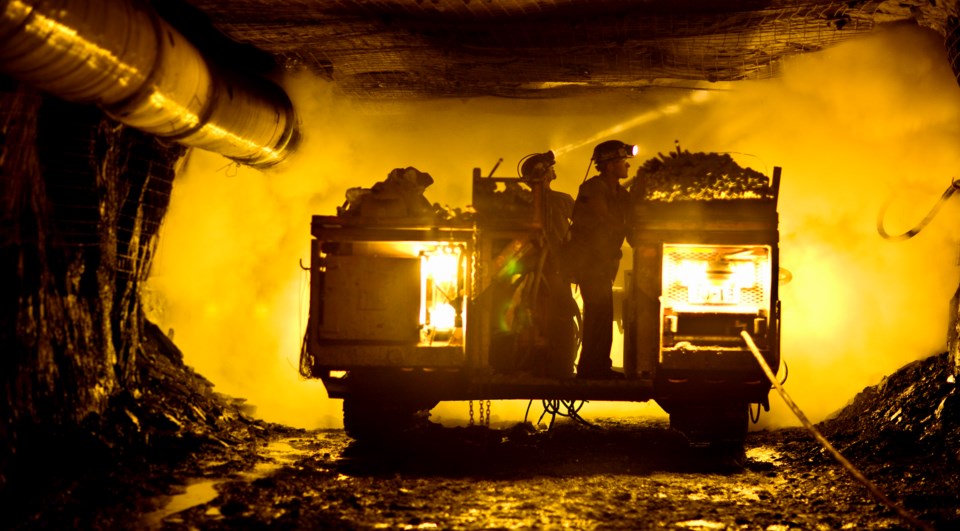Supercharging resource extraction is all the rage in 2025, the solution to all Canada’s ills – from stagnant growth to impending trade wars to growing debt.
There is lots of talk of fast-tracking extraction, including B.C. Premier David Eby’s announcement this week of 18 resource projects being expedited “to reduce reliance on trade with the US.”
Is streamlined extraction the life raft we need in a U.S. trade storm?
Sounding positively Milton Friedman-esque, it’s supposedly government “red tape” delaying the launch of this extractive sector life raft. That’s the narrative coming from the mining industry, Conservative Leader Pierre Poilievre, BC Conservative Leader John Rustad and federal Natural Resources Minister Jonathan Wilkinson. The BC NPD also adheres to this age-old story.
In addition to fast tracking those 18 resource projects, Eby’s government has promised to guarantee permit review timelines for priority critical mineral mines to create “thousands of good jobs.”
Our research points to some serious holes in these widely circulated narratives. First, almost half of the mines approved in B.C. in recent decades haven’t been built.
The province is home to 12 fully permitted mines that could be open, providing jobs and generating other economic benefits, but yet remain un-operational.
Why?
Due to market conditions like low commodity prices and inadequate investment – not lack of permits. In other words, fast-tracking permits is no guarantee that projects will actually materialize.
Second, mines that are operating often underperform on jobs and government revenue. Our research on mines with available data shows they attain only a quarter of predicted production, deliver only a fifth of the jobs, and none of the tax revenue. This poor record cannot be pinned on slow permitting, but rather is symptomatic of the boom and bust nature of the mining economy.
Despite this anemic track record, governments are now looking to mining as a “generational opportunity” and dumping billions in public funds to catalyze investment, build infrastructure, and streamline the regulatory system.
The evidence suggests that this is a risky approach to job creation and tax revenue generation. And while politicians promise that B.C. and Canada’s “world-leading” environmental standards won’t be sacrificed by fast-tracking projects, studies show that existing permitting processes are already failing to protect the environment. Speeding up permitting will only make these issues worse in a time when we need more, not less, planning to protect biodiversity and critical ecosystems in a rapidly changing climate.
Like Eby, we don’t want to leave B.C.’s “prosperity to the whims of unpredictable forces from beyond our borders.” That’s why we are so alarmed Eby is seeking predictability and control by removing guardrails and doubling down on resource extraction – a sector notoriously full of unpredictable forces, market dependencies, and booms and busts. The supposed resource extraction life raft is unfortunately full of holes.
Of course, mining is going to play a role in the energy transition and it certainly has a place in British Columbia, particularly when it is supported by Indigenous nations, adheres to polluter pay principles, and upholds the highest levels of environmental oversight. But our research shows that governments should reconsider all their streamlining and focus instead on ensuring these mines actually deliver real, substantial economic benefits – good jobs and public benefits – without compromising watersheds and biodiversity.
Rosemary Collard is an associate professor of geography at Simon Fraser University.
Jessica Dempsey is a geography professor at the University of British Columbia.





